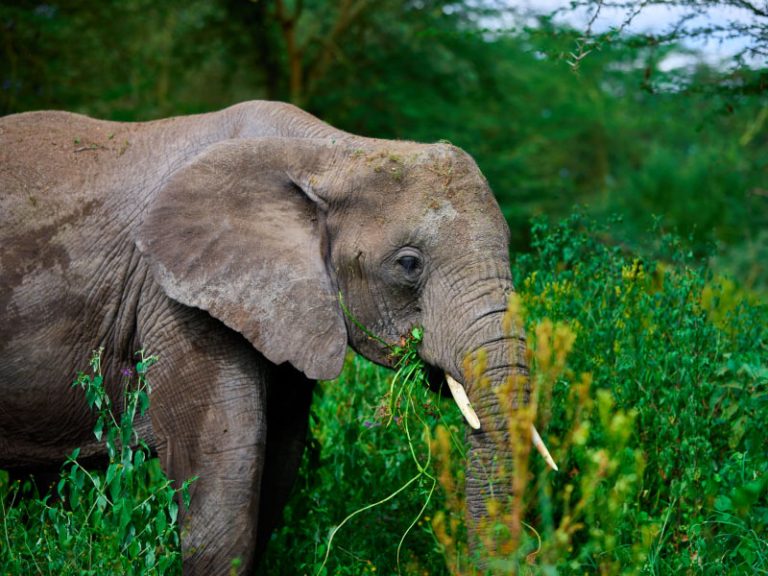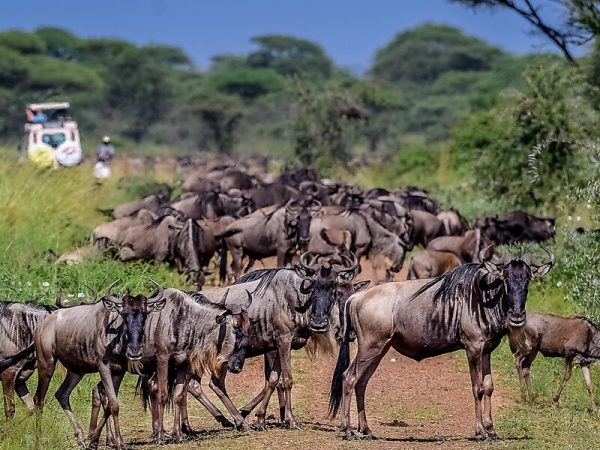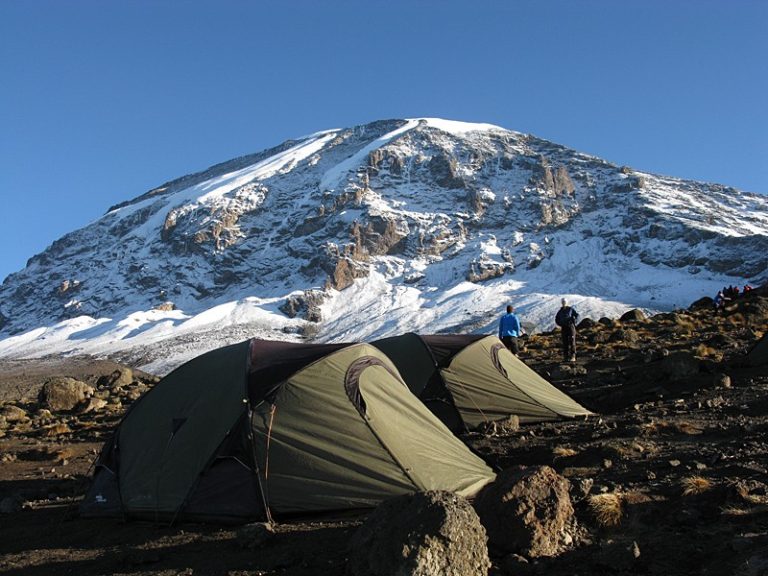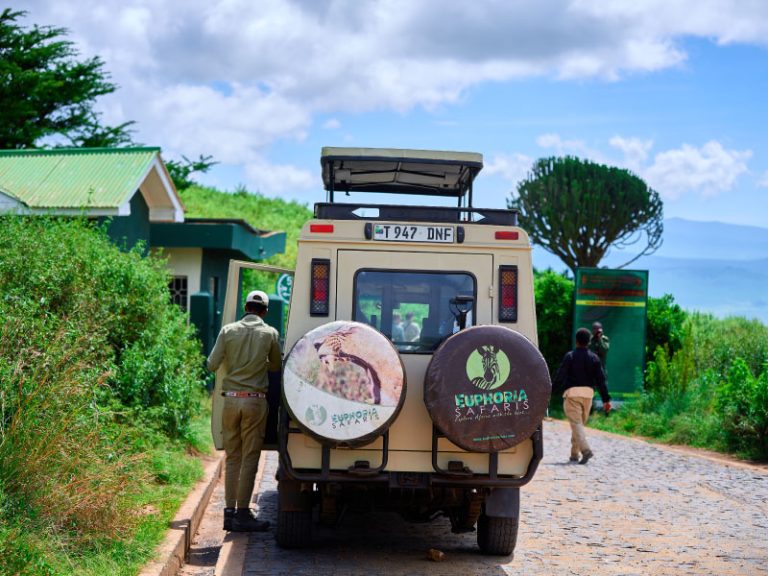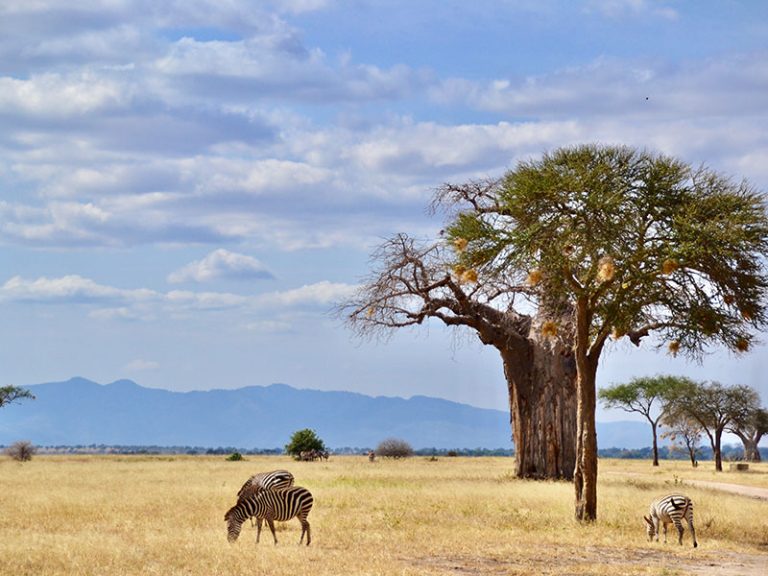Lake Manyara, tucked away in old forests with breathtaking views of the towering escarpment, is the ideal getaway from the bustle of the city. Hemmingway, who wrote of the lake’s splendor in his book “Green Hills of Africa” and tented in the mahogany and fig tree forest, confirmed to this. It’s a fantastic place to stop off your route to the Serengeti National Park, about ninety minutes from Arusha.
A monument of organic richness and natural beauty, Lake Manyara National Park gets its name from the Maasai term “enyara,” which refers to the milky-colored lake hazy with alkali. Located in northern Tanzania, tucked away in the Great Rift Valley, the park was established in 1960 and covers an area of around 330 sq km.
its varied terrain, which includes an alkaline lake, open grasslands, acacia trees, and a deep groundwater forest, provides an exquisite environment for exploration. Attracted by the plentiful water sources fed by rivers and streams, the coastlines, bordered by lush forests against the backdrop of milky waters and a towering escarpment, offer a sanctuary for animals, including the park’s famed pink flamingos parading in the shallows.
This diversity highlights the importance of Lake Manyara as a hotspot for diverse biodiversity.
With 180 butterfly species and 670 blooming species, the lake offers breathtaking views. This area is very beneficial for bird aficionados because over 390 species of birds have been identified. The trumpeting calls of the Red-billed, Ground, and Silvery-cheeked hornbills can disturb the tranquility of the woodland. You can view waterfowl here, including Pink- backed Pelicans, Blacksmith Plovers, Little Egrets, Black Herons, and Spoonbills. After being common, flamingos are now sporadic visitors because of the rising water level.
Large herds of buffalo, zebra, and wildebeests congregate on the broad flood plains where they may feed and remain vigilant against intruding predators.
